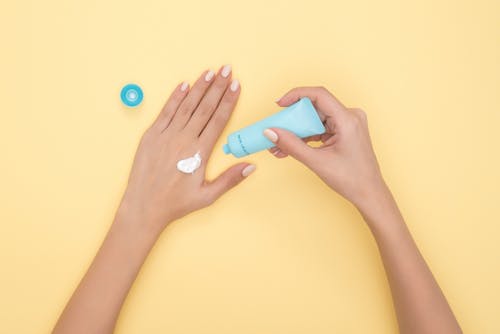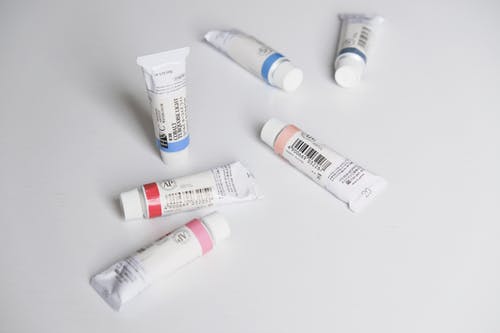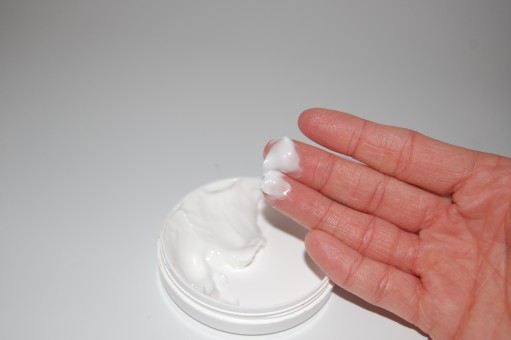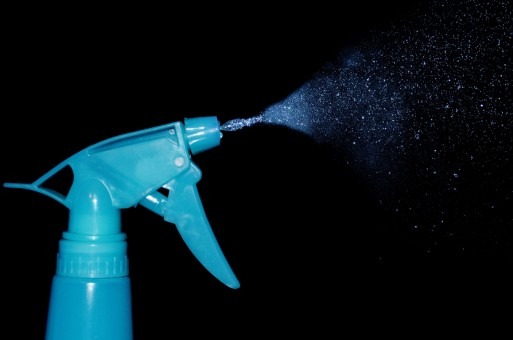Lidocaine is the generic name for a topical cream. This is a medication that one uses on the skin for stopping pain and itching in many skin conditions. These conditions include minor burns, scrapes, minor burns, and other forms of discomfort such as bites from insects. It can also be used for treating any mild itching or discomfort from hemorrhoids or issues with the genital and anal areas. The latter include anal fissures and itching around the vaginal areas. The most common brand names for Lidocaine are Lidamantle and Xylocaine.
Certain forms of Lidocaine are also used for dealing with pain and discomfort due to some medical procedures or exams. These include cystoscopy and sigmoidoscopy.
The working of Lidocaine is as a local anesthetic. The effect of using it is to cause a momentary numbness in the mucous membranes and the skin in general. You can also read up on the benefits of Lidocaine as an ointment for back pain.
Lidocaine is available in a variety of packaging and forms. It’s not just limited to a regular cream or ointment. We can find Lidocaine sprays, foams, and even patches.
Proper Usage of Lidocaine
Lidocaine is usually available as an over-the-counter product. If one is going for this form of self-treatment, they should make sure to do it right. This means that we should carefully read and follow the directions that come with the product packaging before usage. For any questions about the side effects or usage, it’s also a good idea to consult a pharmacist. A doctor might also prescribe Lidocaine with their own specific directions.
Before we use Lidocaine on our skin, it’s necessary to clean the affected area and dry it as much as possible. After that, we should start off with a thin layer of the medication where it’s needed. The usual method is to apply this cream around two to three every day until the complaint subsides.
In some cases, Lidocaine might also be available in the form of a spray. If we’re using this, we should shake up the canister properly before spraying. The canister should be around 3 to 5 inches from the affected area when spraying.
If we have to spray our face, the best method is to spray on our hand and apply the residue to our face instead of spraying directly. It’s generally not recommended to spray Lidocaine near the mouth, eyes, or nose area. The same directions apply if Lidocaine is used in the form of a foam.
Precautions When Using Lidocaine
Lidocaine is not suitable for use on large areas of skin. Also, after applying this topical treatment in any form, we should refrain from covering the affected area with plastic, waterproof bandages, etc. The area should also not receive any heat application unless your doctor recommends it. All these actions could increase the chances of negative and major side effects from Lidocaine.
After we apply Lidocaine, we should wash our hands immediately, unless the affected area itself is on our hands. The product shouldn’t get in our ears, eyes, or nose. If any Lidocaine does enter these parts, we should rinse them with clean water as quickly as possible. If there are any complications after this, it’s best to see a doctor.
If the intended user of Lidocaine is breastfeeding, they should consult their doctor and/or lactation consultant beforehand. This medication does flow into breastmilk, but isn’t like to harm the infant. Still, a proper consultation is necessary beforehand. Similar precautions are necessary when using Lidocaine on children.
It’s usually safe to use Lidocaine during pregnancy, but this should only be done when absolutely necessary and with the doctor’s approval.
Dosage of Lidocaine
The dosage of any Lidocaine product will depend on the patient’s condition as well as how they respond to this kind of treatment. It’s not safe to overuse this product, use more of it than directed, or to use it for a longer period than prescribed or directed on the package instructions. Plus, if the affected area has developed a sore or infection, one shouldn’t use Lidocaine without the approval of their doctor.
Side Effects of Lidocaine
The side effects of Lidocaine will vary from person to person, depending upon their physical reaction to the treatment. These could include a little stinging, minor swelling, temporary reddening,
These side effects shouldn’t be too worrying. However, if they persist for a long time or seem to be getting worse with time, one should see their doctor right away. If the effects become quite major, it’s necessary to seek immediate medical help. Some of the possible serious side effects might include difficulty in breathing, unusual fatigue, seizures, slow breathing, and unusually pale or blue/gray skin. It’s also an alarming sign if our heartbeat becomes too fast, too slow, or very irregular.
Allergic reactions to Lidocaine are very rare, but they’re possible. If you notice a rash that’s worsening or has sprung up anew this might be one of the signs of an allergic reaction to this treatment. Other symptoms might include a new itch or a worsening one, extreme vertigo, issues in breathing, etc. Any swelling in the throat, tongue, or face is also cause for alarm.
Other side effects may accompany the one-time or regular use of Lidocaine. We’d have to read the full details in the packaging when we buy a specific product containing this treatment. If you find yourself allergic to this particular treatment, here are the best alterative ointments and creams for burns.
Conclusion
Lidocaine might be able to numb down and reduce the painful experience of several minor itches, rashes, and other discomforts. However, this only applies if we make sure that the user isn’t allergic to this type of medication and takes the proper precautions. In any case, we should always make sure to include Lidocaine among our current medications before an MRI test or when starting any other medicinal course.







